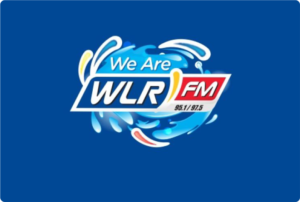
Incorporating biodiversity and sustainability into classrooms is essential for fostering environmental awareness, encouraging responsible behaviour, and shaping future generations to be more conscious of their impact on the planet. Here are some ideas and strategies for integrating these concepts into educational settings:
Curriculum Integration:
Develop lesson plans that highlight the importance of biodiversity, ecosystems, and sustainability across subjects like biology, geography, social studies, and even art and literature.
Incorporate case studies and real-world examples to showcase the impact of human activities on biodiversity and the environment.
Discuss current environmental issues and their implications for future generations, encouraging critical thinking and problem-solving skills.
Outdoor Learning:
Utilise outdoor spaces like school gardens, nature trails, or nearby parks as hands-on learning environments to explore biodiversity up close.
Organise field trips to natural habitats, botanical gardens, or wildlife reserves to provide students with direct experiences of different ecosystems and species.
Hands-on Activities:
Engage students in activities such as planting native species in a school garden, conducting bird or insect surveys, or creating mini ecosystems in terrariums or aquariums.
Teach concepts like the food web, ecological relationships, and the balance of ecosystems through interactive games and simulations.
Guest Speakers and Experts:
Invite local environmentalists, biologists, conservationists, or sustainability experts to speak to students about their work, experiences, and the importance of preserving biodiversity.
Project-Based Learning:
Assign projects that require students to research and propose solutions to real-world sustainability challenges in their communities, such as reducing plastic waste or conserving water resources.
Technology and Virtual Resources:
Use technology to bring biodiversity and sustainability concepts to life, such as virtual field trips, online simulations, or interactive maps of global biodiversity hotspots.
Art and Creativity:
Encourage students to express their understanding of biodiversity and sustainability through art, music, poetry, or other creative mediums.
Highlight the beauty of nature and the need for its protection through artistic projects.
Waste Reduction and Recycling Programs:
Implement recycling programs within the school to demonstrate the importance of waste reduction and resource conservation.
Teach students about the lifecycle of products and the environmental impact of their choices.
Community Involvement:
Engage students in community clean-up initiatives, tree planting campaigns, or local conservation projects to foster a sense of responsibility and connection to their environment.
Assessment and Reflection:
Incorporate assessments that gauge students’ understanding of biodiversity and sustainability concepts.
Encourage regular reflection on personal habits and behaviours that contribute to sustainability, fostering a sense of personal responsibility.
By integrating biodiversity and sustainability into classroom activities, educators can inspire students to become informed and environmentally conscious citizens who actively contribute to the well-being of our planet.


